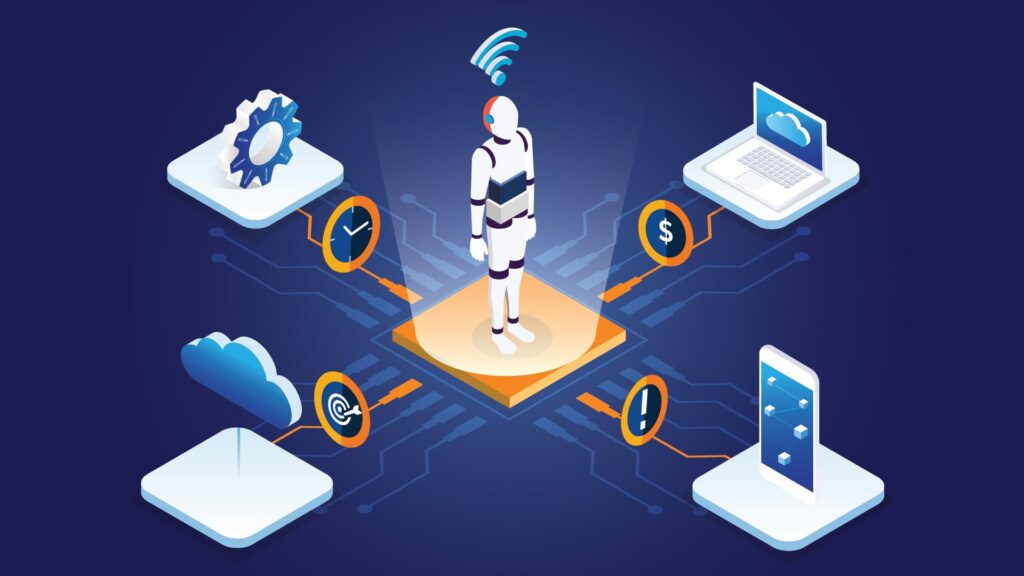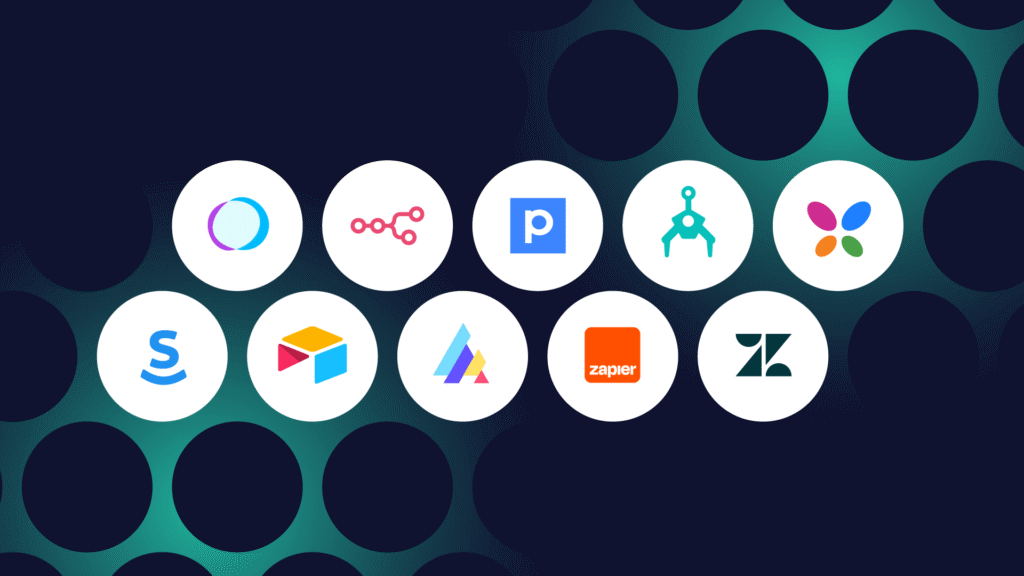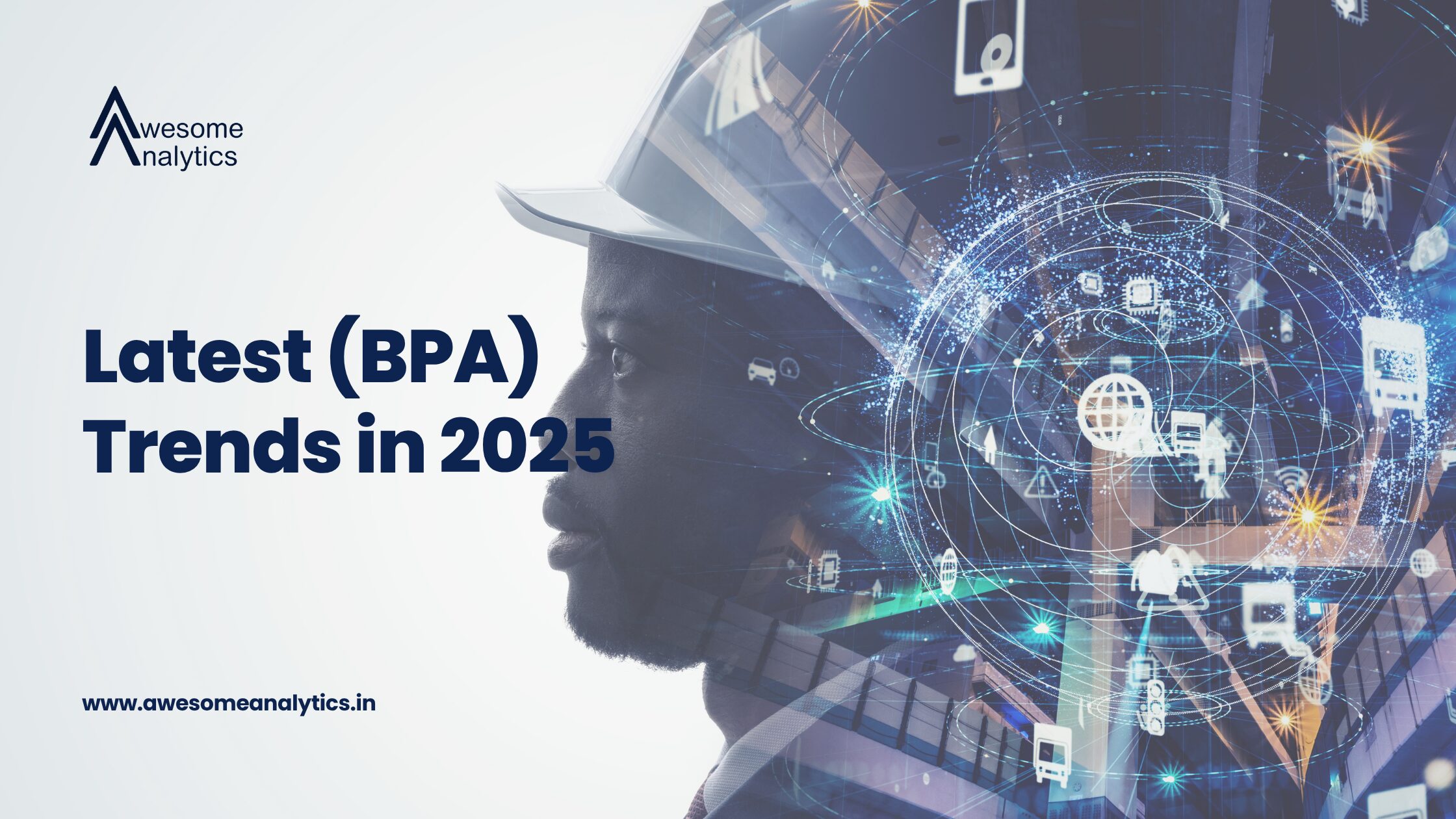1. Hyperautomation
Hyperautomation means automating everything possible using AI, bots, and no-code tools to reduce manual work.
What it looks like:
- RPA bots triggering workflows based on real-time analytics
- Integrated AI recommending next-best actions
- No-code platforms allowing business users to modify flows
If your business is still doing repetitive work manually, hyperautomation might not just be useful. It might be overdue.

2. Robotic Process Automation
RPA is evolving to handle complete tasks independently with minimal human involvement.
Real-life use cases:
- Invoice reconciliation done end-to-end by an AI agent
- Task coordination across departments with minimal human supervision
- Automatically reassigning tasks based on workload
Think of it as having a digital project manager who doesn’t sleep.
3. AI and Machine Learning
Automation tools now learn from past actions to make better decisions and handle exceptions more intelligently
What’s new:
- BPA tools that adapt based on behavior and outcomes
- Predictive recommendations based on process history
- Smarter exception handling that learns from past responses
It’s not just workflows getting faster. They’re getting smarter, too.

4. No-Code Platforms
No-code platforms allow non-technical users to build automations easily with drag-and-drop interfaces.
What’s changing:.
- BPA tools now offer role-based access and visual editors
- Citizen developers are creating lightweight automation
- IT's role has shifted to governance and integration, not execution
Automation is now a team sport.
5. Process Simulation
Instead of waiting for reports, tools now simulate and monitor workflows in real-time to prevent slowdowns.
How it helps:
- Alerts when approvals stall
- Process maps with live performance metrics
- AI-suggested workflow redesigns
It’s no longer just about tracking data. It’s about acting on it.
6. Process Mining
Process mining shows every step in your workflow so you can find inefficiencies and improve them.
Why it matters:
- Process mining tools analyze logs to visualize every step
- Hidden inefficiencies and workarounds become visible
- Organizations can benchmark and redesign smarter
It’s like flipping on the lights in a room you didn’t know was messy.
7. Integration with Other Technologies
Automation works better when it connects with tools like CRM, ERP, and AI platforms for better collaboration and results.
What’s working:
- Co-pilot features for tasks like writing, scheduling, or auditing
- Automated suggestions with manual override
- Workflow tools that ask for human input only when necessary
You stay in control, but with a lot more firepower.

Conclusion
The future of BPA in 2025 is intelligent, fast, and human-friendly.
Whether you’re leading operations or just trying to cut manual effort, these trends aren’t optional anymore. They’re your blueprint for staying competitive.
If you're looking to implement any of these BPA trends in your organization, contact us to discuss how we can help automate and optimize your business workflows. We break down automation strategies that work in the real world. No buzzwords, just better workflows.



